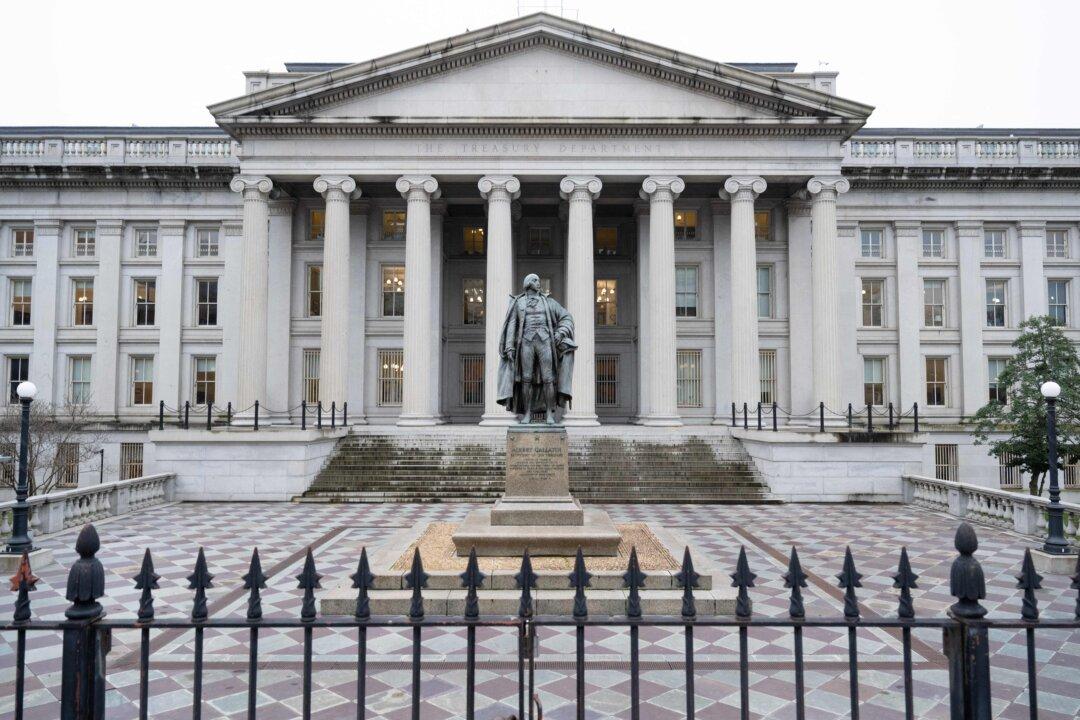The Treasury Department announced on Nov. 1 plans to bolster the size of bond sales to help manage the U.S. government’s increasing debt load and rising financing costs.
Officials revealed details of the department’s refunding efforts for future debt sales as many Treasury yields are trading at their highest levels in 16 years. Wall Street is beginning to pay closer attention to how the federal government is handling ballooning debt, deficits, and interest rates, which could inflict fiscal damage on the public purse.





